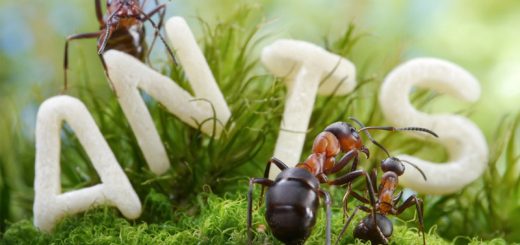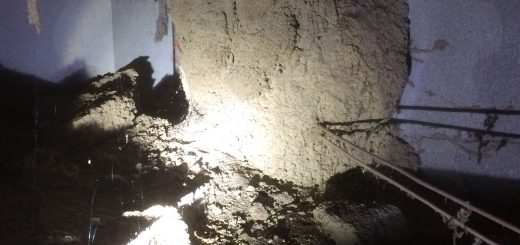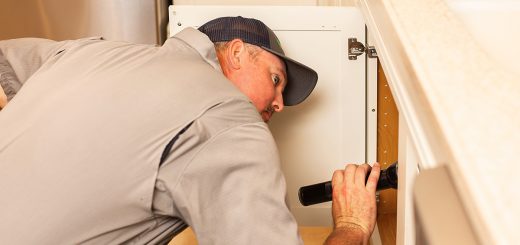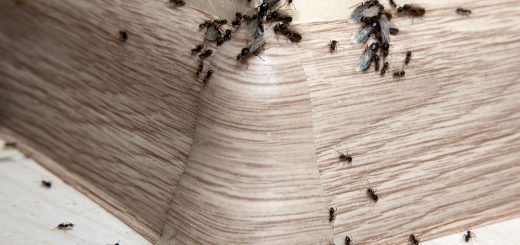Life Cycle of Termites
Every living creature goes through a life cycle of different phases and stages. From conception to death, we all follow the same basic principles, even termites. Termites go through many different phases in their lives as well. Each phase serves a purpose to something greater. Termites follow a gradual yet typical life cycle like most other insects; they begin as eggs, then enter the larvae phase, onto the worker or nymph phase and then lastly to the adult reproductive phase.
 The life cycle begins when a mating flight takes place, as a female leaving the colony and a winged male termite seem to dance together as the procreation takes place. A clutch (the congregation of offspring) of termites will soon be here. After the procreation is complete, the eggs begin to fertilize. A queen’s first clutch will contain approximately two dozen or so eggs. This will be the largest number of eggs from here on out in her back-to-back pregnancies throughout her life. Each is clutch following will be subsequently fewer.
The life cycle begins when a mating flight takes place, as a female leaving the colony and a winged male termite seem to dance together as the procreation takes place. A clutch (the congregation of offspring) of termites will soon be here. After the procreation is complete, the eggs begin to fertilize. A queen’s first clutch will contain approximately two dozen or so eggs. This will be the largest number of eggs from here on out in her back-to-back pregnancies throughout her life. Each is clutch following will be subsequently fewer.
.
The first phase of the termite’s life cycle is as an egg, which starts them on their journey into the world. The eggs are white almost translucent and ovoid/egg like shaped. Termite eggs resemble a small almost caviar appearance when first laid. They are a smidge smaller then the average caviar but are still visible to the naked eye. However, the eggs are normally hidden out of site from the world tucked into the interior of structure walls or underground. Even though the eggs are the first phase in their life cycle, when eggs are present around a home, they’re not considered as what we would call a termite infestation.
The termite larvae phase or as I like to call it the teenage years, is the second phase of the life cycle for these insects. The larvae hatch usually within just a few weeks of being laid. The larvae themselves when hatched are relatively the same size as the eggshell. Once hatched the larvae are immediately taken care of by other termites. During this phase the larvae will go through a series of molts, just like a bird would do. They will shed their skins, molt, five times before developing and maturing into adults. It is during this phase that the termite will assert itself and evolve into its designated roll in the termite colony.
The third phase of the termite is when the larvae mature enough into the rolls as a soldier, a worker (male) or a nymph (female). Solider termites are the protectors of the colony. The roll of the worker or nymph termite is to tend to the eggs and larvae throughout the colony. The worker / nymph termite has two jobs it is responsible for, they must feed on wood to nourish the young larvae and they must move the larvae from location to location to avoid intolerable temperatures.
They last and final phase of this hard working insect is becoming an even more mature adult termite and begin to procreate and start their own colony for themselves. An adult female will now take the same mating flight and join with an adult male termite to start the reproduction phase again. When the fertilization has occurred and the new eggs have been laid, the life cycle of the termite has come full circle.











